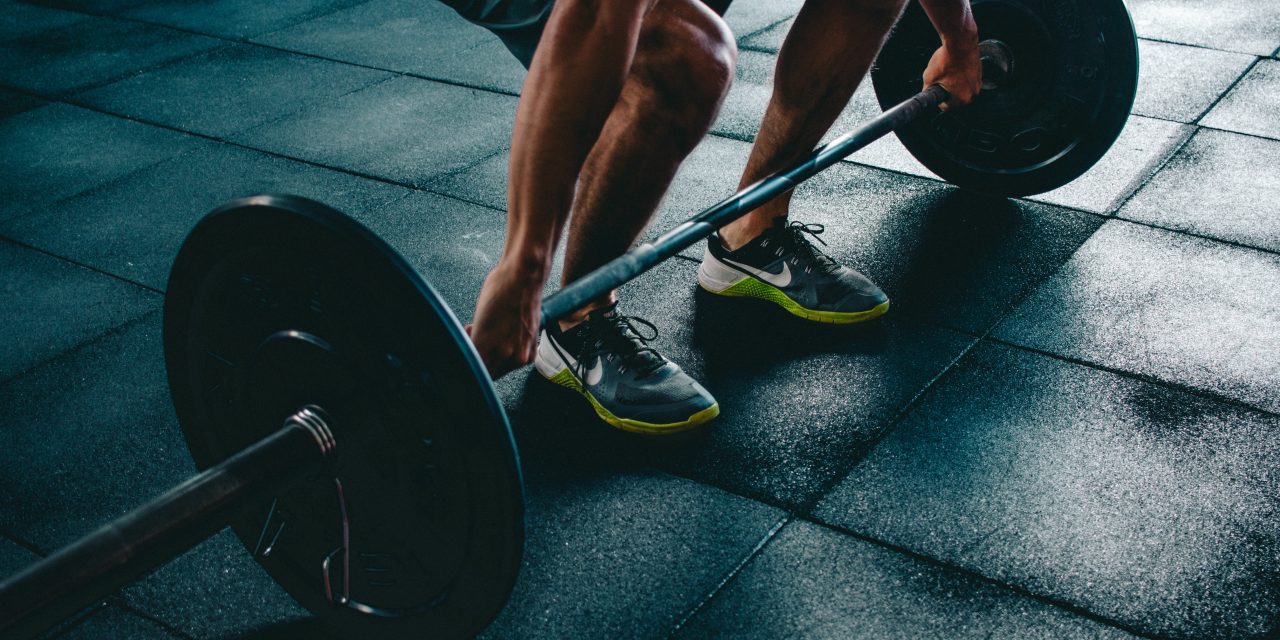By Noah Meffert
Photo by Victor Freitas on Unsplash
When most people hear the words “professional athlete,” the first thing that comes to mind is talented individuals, million dollar contracts, and big company advertisements. One on hand, these stereotypes correctly explain the most public aspects of an athletes life. One the other, a lot of things happen behind the scenes that we don’t see that allow them to succeed as they have. One of the most important parts of an athlete’s life is their workout and exercise routine, which allows them to perform well and keep their body in shape. This fact also holds true for college and even high school athletics, as keeping yourself and your body in good condition allows you to perform well and help your team win.
Everyone knows the generic exercises that every high school weight trainer will assign you during gym class. Squats, bench press, and deadlifts are all exercises that the average American teenager were subjected to for weight training. These movements may serve some athletes in some sports, but they will inhibit the abilities of others to perform well on the field, requiring a more in depth look at weightlifting and exercise. In the words of noregretspt.com, “Far too many programs and methods are based on body building methods, whose purpose is to look good in the mirror, not to move efficiently or powerfully for sports.” Take, for example, and a football offensive lineman and an 800m meter runner. Though they both require exercise and weightlifting in order to excel, the kinds of weightlifting differ greatly. For instance, in football, brute strength is a more necessary tool that speed, and so things like squats and deadlifts would be better suited for football players than for a runner. On the flip side, since runners not only need strength, but endurance too, strengthening techniques like running hills and other forms of active muscle strengthening will be much more effective for them. As can be seen, though all sports require exercising and strengthening, not all exercises work for all sports, which begs the question of which movements are best for which sports. This will be discussed in the next paragraphs.
Baseball is an interesting case due to the fact that it is a mixture of both spectrums of weightlifting. On one hand, strength is a key aspect of success in baseball, so heavy lifts like squats and deadlifts are useful for building muscle mass. One the other, mobility and agility are also essential for success on the diamond, and thus things like dumbbell bench presses and Bulgarian split squats are also useful for building strength to enhance performance of the field. According to si.com, “Sure, baseball’s elite still spend plenty of time in the weight room this time of year, but they’re not wasting crucial recovery time between games doing traditional weightlifting exercises. Instead, players concentrate on moves that build functional and dynamic strength, not big, bulky muscle.”
As stated above, football has an entirely different set of movements, and thus require an almost completely different set of exercises from other sports. Workouts must be a combination of strength building exercises like squats, deadlifts, and bench presses, while also incorporating aerobic exercises that improve endurance and reduce the risk of fatigue. In this way, football weightlifting movements differ in many ways from most other sports workouts in that not only must they build strength, they must also build endurance and agility. In the words of verywellfit.com, “Football requires good aerobic fitness to provide endurance for sustained effort, strength, and even bulk, to break through or affect tackles.”
Unlike most other sports that are an ongoing act of physical taxation, golf requires quick bursts of energy and power, followed by long periods of nothing. As such, golf workout routines must incorporate muscle building lifts that focus on quick, powerful bursts of energy with aerobic improvement that allows for sustained endurance while walking the course during play. According to stack.com, “A golf-specific workout will strengthen the muscles that are most important in your swing, as well as challenge your balance. In particular, a golf workout should focus on building up core and single-leg muscles, because the sport requires strength and stability in both of those parts of the body.”
Though weightlifting, exercising, and working out are essential to every sport, not every sport will have the same weightlifting regimens, and in fact might be inhibited if forced to perform certain movements during training. When looking at what workouts are appropriate for each sport, things like physical taxation, endurance, and aerobic health all need to be taken into consideration before commencing a workout. If these are not done, then the physical abilities of the athlete will suffer and their risk of injury will be drastically increased. However, if sport-specific workouts are implemented, then the athlete will be much healthier and will be met with much more success on the field.






